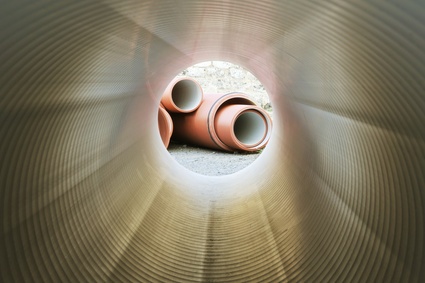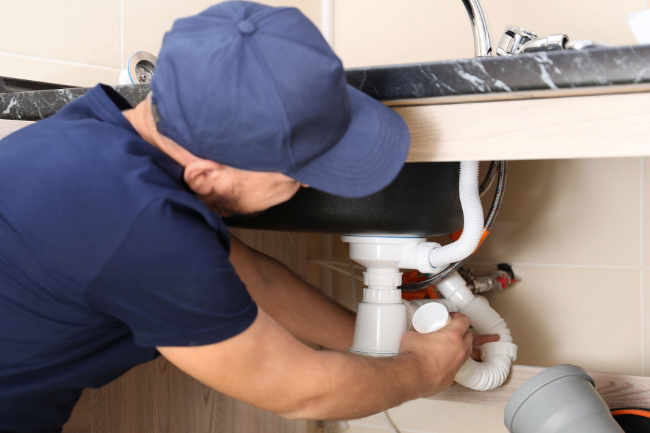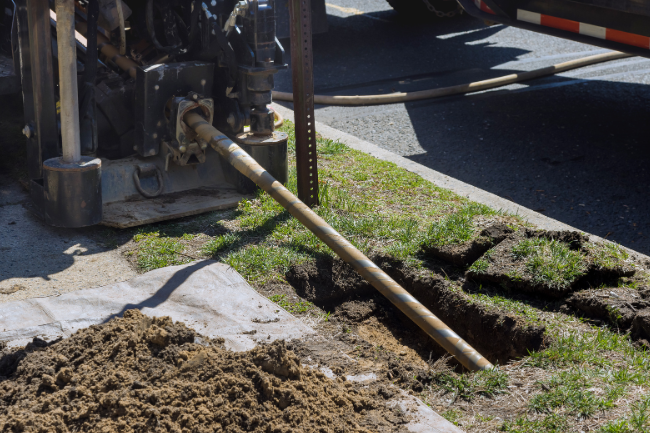What Is Sectional Point Repair?
Posted by William Heinselman on
 Sometimes, you don’t need to spend a small fortune to repair your pipe. Contrary to what some contractors might tell you, if there’s a small leak in one of your pipes, you really don’t need to dig up the entire pipe for one small crack. There’s a very easy solution to the problem: trenchless pipe lining.
Sometimes, you don’t need to spend a small fortune to repair your pipe. Contrary to what some contractors might tell you, if there’s a small leak in one of your pipes, you really don’t need to dig up the entire pipe for one small crack. There’s a very easy solution to the problem: trenchless pipe lining.
Now, you might be familiar with the process of pipe lining. We’ve done a few blog posts on it as well as having a page on our site about it. However, there’s an even better solution for smaller problems that don’t require full linings. That’s called sectional point repair, and it’s a really clever little trick that allows for us to use less material and still achieve a whole pipe with no flow reduction.
Instead of using a full-length inverted liner for the pipe, we insert a patch into the pipe. It’s still the same kind of idea—we still use a resin and fiberglass patch that hardens after “cooking”. It adheres to the pipe just like the full length liner, and seals the leaks the same way as well. It’s just smaller, which means lower cost.
To Patch Or Not To Patch
How can you tell if you need to patch? After all, both lining and patching are fundamentally the same idea (just with different scales and installation procedures). That’s why we use sewer video inspection. We put a camera into the sewer to identify your problem and figure out which solution is best. A small area where water can infiltrate/exfiltrate only needs a little patch. If you’re dealing with structural issues along the entire pipe, then lining or pipe bursting might be an option. Either way, we can identify it and make sure that you get the service that you need.
How Long Does It Take (And How Is It Done?)
The time required is minimal. Most cases, it takes less than a day. However, we do need a few things:
- Access to the pipe at both ends: Unfortunately, while we can line a pipe without digging the entire thing up, we can’t do it without access to the pipes. For municipalities, this means manholes both up and downstream. For homes, this means access at the sewer and home ends of the pipe. (We might have to dig a small hole—no long trenches, however!) For large business and residential buildings, this usually means access at the sewer and inside the building.
- A Clean Pipe: The problem with lining pipes is that they have to be very, very clean for the liner to adhere properly. Fortunately, we (along with many other plumbers) offer drain cleaning services, which means we can clean it before the patch is put into place. It’s a fine solution for a difficult issue.
Once this is assured, we can begin. Often, this process takes less than two hours. We insert the liner into the pipe, allow it to cure exactly where it needs to be, and it seals that section of pipe from infiltration/exfiltration and tree roots. Generally, it becomes one of the best ways to quickly seal a portion of a pipe.
No matter your needs, we’re here to assist. If only a portion of your pipe is broken, we can line and seal that portion. If you have bigger problems, we also do other, larger forms of trenchless technology. If you’re in need for our services or are at all curious about what we can do, be sure to call us and find out. We’re friendly, quick, efficient, and smart. We do the repairs well so that you won’t have to do it again for a long, long time.

Topics: Trenchless Technology

![Repiping Your Sacramento Home [6 Steps]](https://www.expresssewer.com/hs-fs/hubfs/plumbing%20tools%20and%20blueprints.jpeg?width=550)




